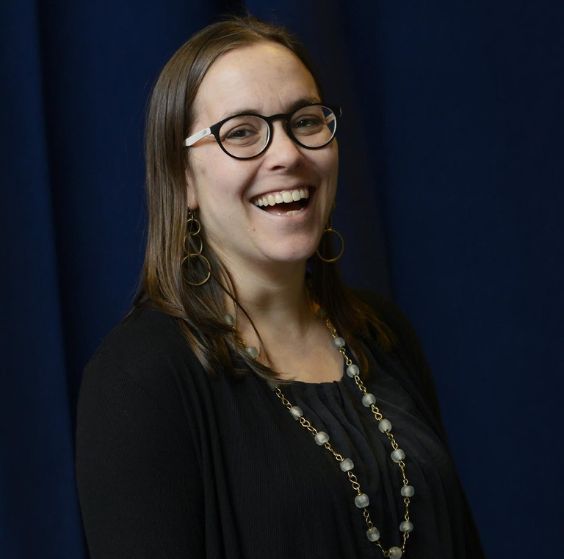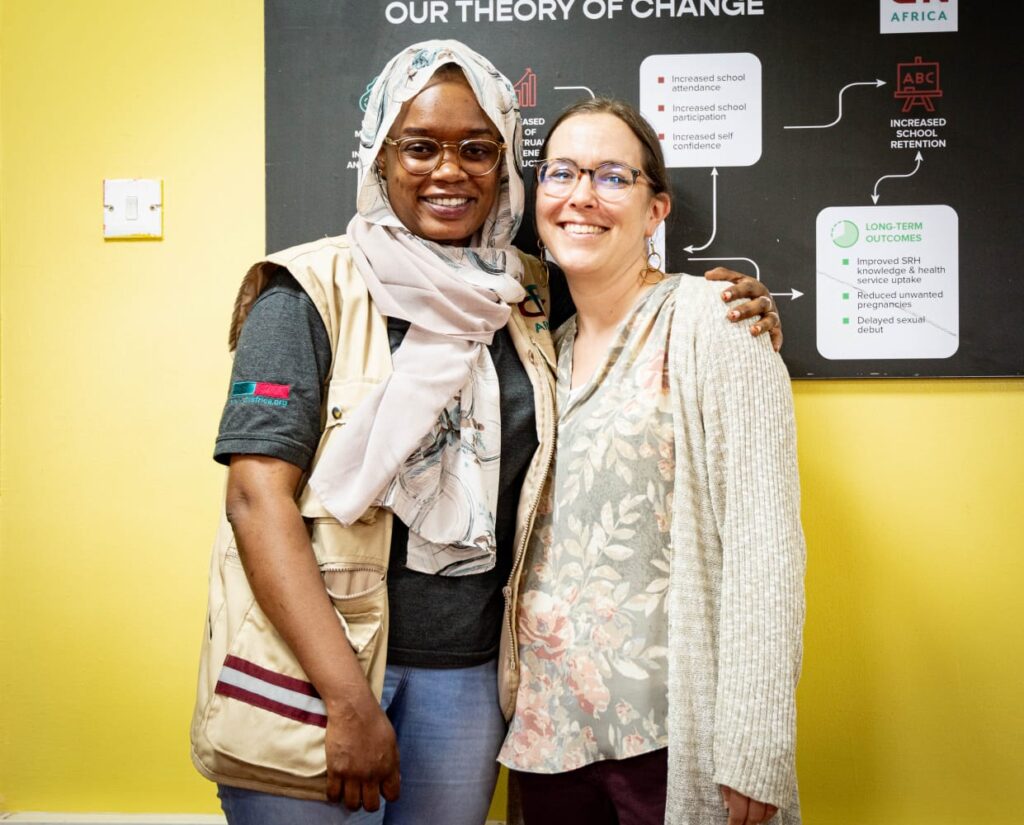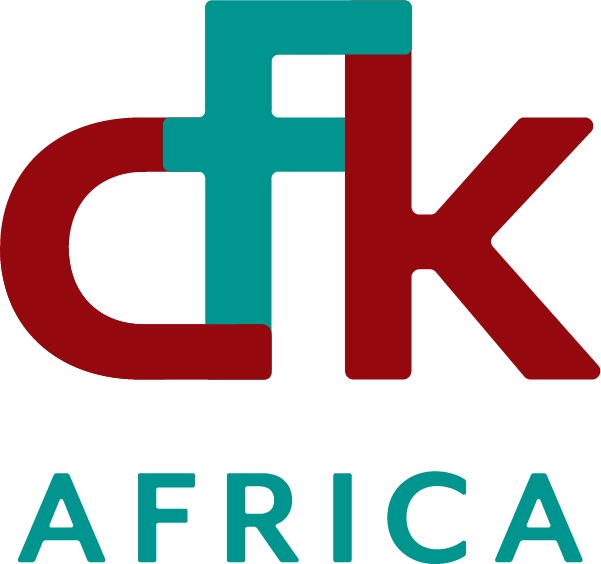CFK Africa’s Deputy Director of Communications and Development sat down with Dr. Karen Austrian, Director of the Population Council’s GIRL Center, and a member of CFK Africa’s global Advisory Council, for a discussion on girls’ empowerment.
Why do you believe it’s critical to focus on empowering girls?
Evidence shows that adolescent girls fare worse than boys on a wide range of outcomes. Key events that happen to girls in adolescence – like dropping out of secondary school, child marriage, and teenage pregnancy, all of which disproportionately affect girls – change the life course of a girl. One study from Malawi showed that among a group of 16-19 year olds, more than 40% of girls had already gone through these three key life transitions compared to under 5% of boys. While boys also face challenges that should not be ignored, girls need additional focus and guidance during adolescence to navigate this critical stage of development.

What are some of the biggest obstacles that girls face?
The biggest challenges facing girls are interlinked. Girls who find themselves in a relationship early because of teenage pregnancy or child marriage are almost always prohibited from being able to complete school, which affects their transitions into adulthood, opportunities for employment, and other outcomes. Another big shift in girls’ lives during adolescence is the change in their social environment and social norms and expectations that shape their lives. For example, as part of a participatory research study, young people in South Africa were asked to map their community and locations they can access. The exercise shows that girls’ worlds shrink at puberty compared to boys. For girls, the places they can go and the way they are viewed in their communities become smaller, while for boys, their world expands.
What do you think are the biggest needs in girls’ empowerment?
While there has been progress made in empowering girls, like increasing school enrollment rates, we are still leaving the most marginalized girls behind. We need to directly engage with the most vulnerable girls to hear what their needs and hopes are and tailor our programs accordingly. For example, adolescent mothers are a particular group that needs more intensive types of programming to support them in returning to school or pursuing vocational training to earn an income stream. We need to consider all angles of support, including childcare, for them to return to school. CFK Africa’s Funzo Project for teenage mothers is a great example of a bigenerational program that addresses the needs of both young mothers and their children.
Can you tell me more about your experience collaborating with CFK Africa?
I have been collaborating with CFK Africa since 2002, when I traveled to Kenya to conduct a photography project with girls, which launched into what became CFK’s Binti Pamoja Program. I went on to become an adolescent girls-focused researcher and have remained connected to the organization in various capacities from volunteer, to board member, to advisory council member. What’s powerful to me about CFK is that it’s truly a community-based organization. The team has a real grasp of the challenges the community faces, and the majority of staff have the lived experience of being in informal settlements or being young mothers themselves, etc. They can relate to the communities they serve on a personal level, which combines both professionalism and a passion for the work.
What stands out to you about CFK Africa’s strategy for girls’ empowerment?
Girls don’t exist in a vacuum – what we see works for girls in terms of education, health, violence prevention, and economic empowerment translates to the household level and community levels – and vice-a-versa. The most successful programs are those that address all these issues as they are interrelated, with poverty being a root cause. Because CFK is involved in addressing various community challenges, such as health, nutrition, and advocacy, CFK’s programs for adolescent girls are being implemented with wraparound support. There isn’t one silver bullet for girls’ empowerment. The barriers are linked, the outcomes are linked, and so the programs to achieve them must be linked.

What is the long-term impact of investing in girls?
There is data on the triple benefit of investing in girls. It improves their lives in the present moment, it is a benefit to their future children, and as they become women (advance in school, earn more money later), it is a benefit to the broader society. There is tremendous power in investing and intervening during adolescence, which is a critical window in our development. Investment protects adolescents, especially girls, enabling them to grow into healthy adults. The long-term general benefits for women, their children, and their communities are critical.
